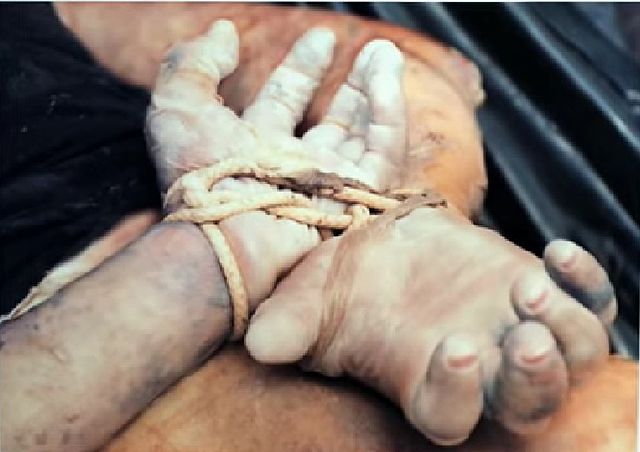Putrefaction is the fifth stage of death, following pallor mortis, livor mortis, algor mortis, and rigor mortis. This process references the breaking down of a body of an animal post-mortem. In broad terms, it can be viewed as the decomposition of proteins, and the eventual breakdown of the cohesiveness between tissues, and the liquefaction of most organs. This is caused by the decomposition of organic matter by bacterial or fungal digestion, which causes the release of gases that infiltrate the body's tissues, and leads to the deterioration of the tissues and organs.
The approximate time it takes putrefaction to occur is dependent on various factors. Internal factors that affect the rate of putrefaction include the age at which death has occurred, the overall structure and condition of the body, the cause of death, and external injuries arising before or after death. External factors include environmental temperature, moisture and air exposure, clothing, burial factors, and light exposure. Body farms are facilities that study the way various factors affect the putrefaction process.

Putrefaction in human hands after several days of one of the Oba Chandler victims underwater in Florida, United States
Putrefaction, the eighth alchemical key of Basil Valentine, 1678, Chemical Heritage Foundation
The stages of death of a human being have medical, biochemical and legal aspects. The term taphonomy from palaeontology applies to the fate of all kinds of remains of organisms. Forensic taphonomy is concerned with remains of the human body.
An example of postmortem corneal opacity.



